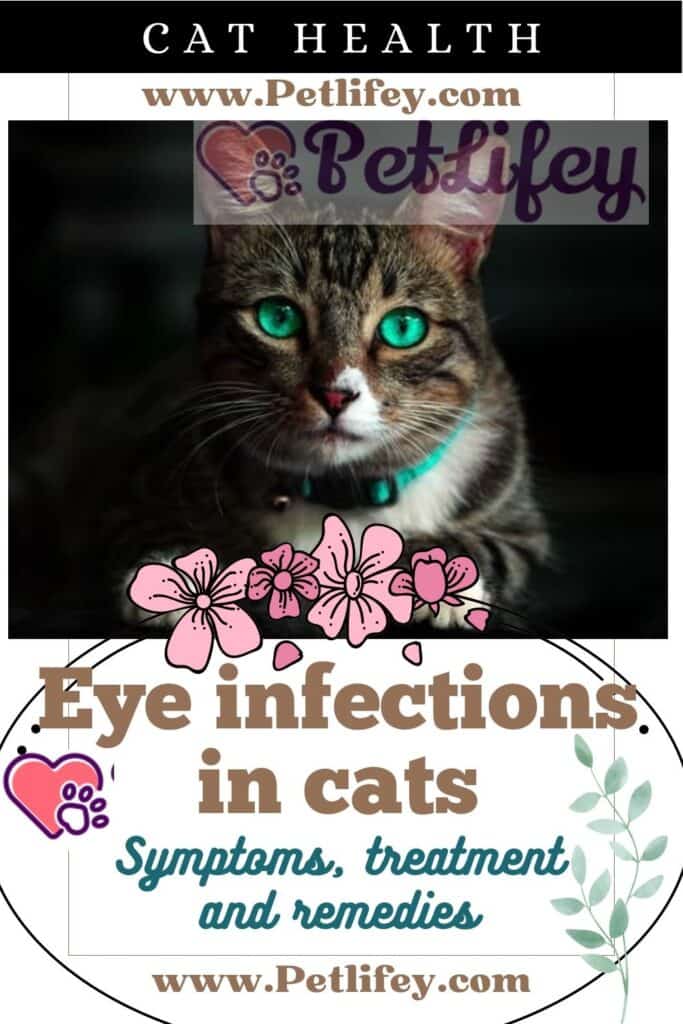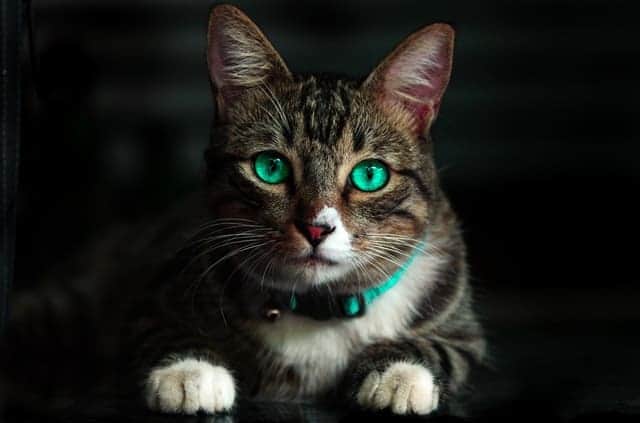
If our cat has eye infections, we may need to find an immediate remedy. Here are the causes and symptoms of these cat problems.
In cats, eye infections can be viral or bacterial. They can cause our feline friends to develop eye problems, and very often annoyance. They are quite common, and often very contagious too. If we notice any signs of an infection or any eye problem in our cat we must immediately contact our trusted veterinarian for a proper diagnosis and treatment. So let’s find out what are the symptoms to watch out for, the possible causes of these health problems, and how to treat them to cure our beloved cat.
Symptoms of eye infections in cats
Usually, the possible symptoms of eye infections in felines are seen simply by looking at the cat’s eyes.
Just look for any signs of irritation or possible discomfort. But they’re not the only symptoms to look for.
In fact, some of the most common symptoms are:
- Redness of the whites of the eyes
- The cat is constantly squinting or rubbing their eyes too often
- Excessive eye secretions
- Sneezing
- Noticeable inflammation of the third eyelid
However, there are cases in which some of these symptoms may be linked to other diseases, such as allergic conjunctivitis.
Some symptoms of this disease are – in addition to red eyes – alopecia, skin rashes, dermatitis, itching, coughing, sneezing, difficulty breathing and wheezing and noisy breathing.
If, on the other hand, the eyes are watery excessively, they are red and swollen, and it seems that the cat is suffering from the light, the cat could suffer from conjunctivitis.
The possible causes of eye infections
Usually the causes of these eye infections in cats are bacterial or viral.
Since they are very contagious, if we have several cats in the house, they can spread quickly between different animals.
Some of the more common causes include:
- Feline herpesvirus (viral type)
- Mycoplasma (bacterial type)
- Chlamydia (bacterial type)
Feline herpesvirus is a leading cause of upper respiratory infections in cats. The most common symptoms of the disease are similar to those of a normal cold.
Chlamydia, on the other hand, is a disease that can be transmitted to humans, even if the risk of contamination is quite low.
Chlamydia is a particular infectious disease for cats, especially those malnourished and more sensitive. It is an infection caused by a bacterium called Chlamydophila felis.
What are the treatments to follow

If our vet suspects an eye infection in your cat, he will need to have his eyes thoroughly tested, probably along with blood tests.
If the cause of the infection is bacterial or viral, there will be several types of medications that the doctor will prescribe.
If the treatment also includes a course of antibiotics, we must follow the instructions and the dosage very carefully.
Often the vet can also recommend the use of eye drops, which we will have to administer only in the manner and at the times indicated by the doctor.
And since, as we said, infections of this type are very contagious among cats, it is better to separate our cats at home during this period.
We try to keep them isolated, but always keeping them as comfortable as possible until the treatment completely resolves the eye infection.






